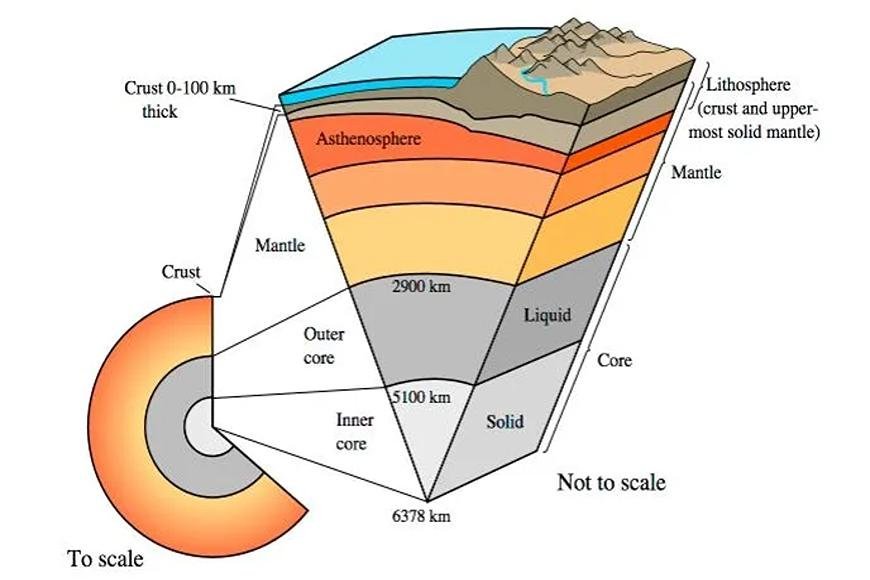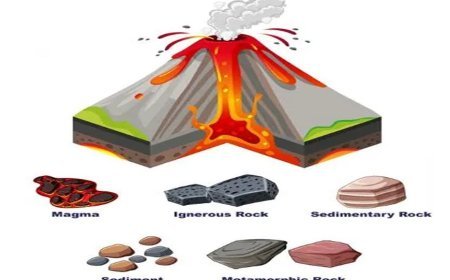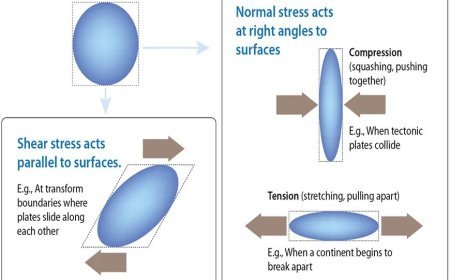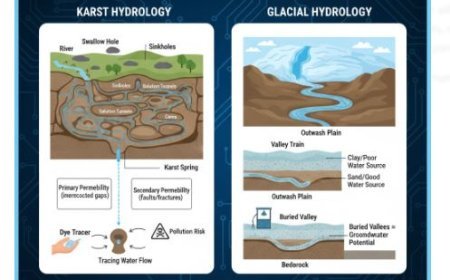TECTONIC PLATES
Tectonic plates shape continents, mountains, and earthquakes.

- Geologists say that the landmasses were all grouped together as one huge supercontinent billions of years ago.
- Then, after being pushed and pulled all the time, this supercontinent broke apart into continents, seas, and other features. This is known as plate tectonics.
- Plate tectonics is a very important part of how the Earth and its life have changed and grown over time.
- The lithosphere, Earth's upper shell, is made up of about 15 moving blocks of rock. The seas and countries rest on them.
Tectonic Plates
- "Tectonics" comes from the Greek word "tektonikos," which means "to build.
- “Plate” refers to a large rock formation in geology. These words together show that the Earth's surface is made up of big rocks.
- These plates don't stay in place; instead, they move on top of the mantle, which is a layer of solid and liquid rock. These plates move apart (divergence), hit each other (convergence), or slide next to each other (transform).
- They also fall under each other from time to time, which is known as subduction.
- There are two kinds of tectonic plates: coastal crust and continental crust.
- The marine crust is 5–10 km below the ocean floor and is mostly made up of basalt rocks.
- The continental crust, on the other hand, is mostly made up of granitic, sedimentary, and metamorphic rocks.
What's Your Reaction?



































